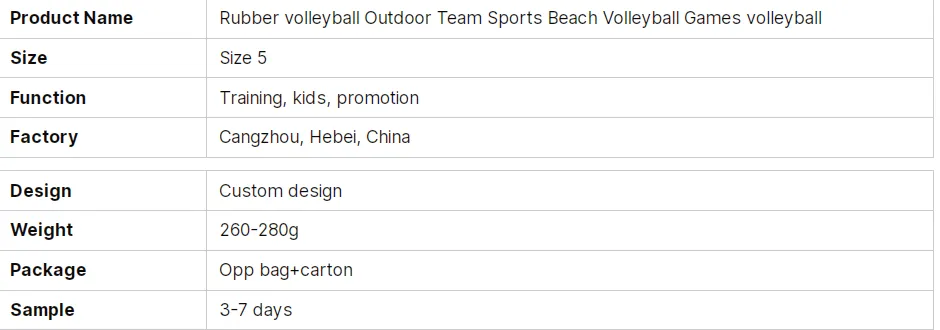The allure of football captivates millions around the globe, and for young enthusiasts or those new to the game, choosing the right football is crucial for skill development and enjoyment. One of the key aspects often overlooked is the size of the football, specifically when discussing a size 4 football and its diameter. Understanding its relevance can significantly enhance the playing experience and foster a deeper connection with the sport.

A size 4 football typically measures about 25 to 26 inches in circumference. This translates to a diameter of approximately 8.0 to 8.3 inches. The importance of this size lies in its design, tailored for children aged 8 to 12 years, but it’s not limited to young players alone. More experienced players often use size 4 balls for training purposes to hone their dribbling and ball control skills due to its slightly smaller and lighter profile compared to the professional size 5.
From the perspective of gameplay and technique development, the size 4 football offers numerous advantages. Its smaller diameter demands more precise ball control, challenging young players to refine their touch and passing accuracy. This focus on technical skills is vital as it lays the foundational groundwork for transposing those skills to the larger size 5 balls used in professional matches. Coaches often recommend using a size 4 ball not only because it aligns with youth fixtures but also because it aids in developing the intuitive coordination between foot and ball.

An interesting aspect of the size 4 football pertains to its psychological influence on players. Children who feel daunted by the size of a regulation-size ball may find a size 4 more approachable and less intimidating, fostering confidence. This psychological comfort is pivotal during formative years where interest and engagement in the sport can be significantly shaped by early experiences on the field.
In the context of play environments like backyards or smaller training spaces, a size 4 football proves advantageous. Its slightly reduced size not only requires less force to maneuver, thus reducing the risk of injury to young ligaments but also fits well in smaller play settings where full-sized fields are unavailable. This practical utility in limited spaces makes size 4 footballs a popular choice for informal play, encouraging spontaneous games and spirited play amongst young friends or family.
football size 4 diameter
Moreover, the craftsmanship and material used in size 4 footballs get significant attention from manufacturers aiming to provide high durability and soft touch. These balls often boast of high-quality synthetic leather that withstands rough use while ensuring longevity. The seamless construction promotes a more accurate flight and maintained shape, further adding to its desirability for both practice and moderate-competitive play.
The versatility of a size 4 football also plays into its appeal. While primarily serving the youth segment, adult players can benefit from its use in technical training drills, improving reaction times and mastery over nuanced techniques such as stepover or feints. Professional players often integrate size 4 balls in their regimen to challenge conventional skills and remain sharp.
Choosing the right football transcends mere size preferences; it involves understanding the intended use and the developmental benefits it endorses. For coaches, parents, and sports institutions, investing in size 4 footballs is an investment in skill cultivation, confidence-building, and unifying teams through shared standards of play.
In conclusion, the size 4 football, with its optimal diameter and thoughtful engineering, serves as more than just a ball. It is a tool for learning, an ally in skill enhancement, and a bridge to greater footballing adventures. Whether for budding footballers taking their first steps on the pitch or seasoned players looking to fine-tune their technical abilities, the size 4 football remains an enduring symbol of growth and dedication in the beautiful game.













